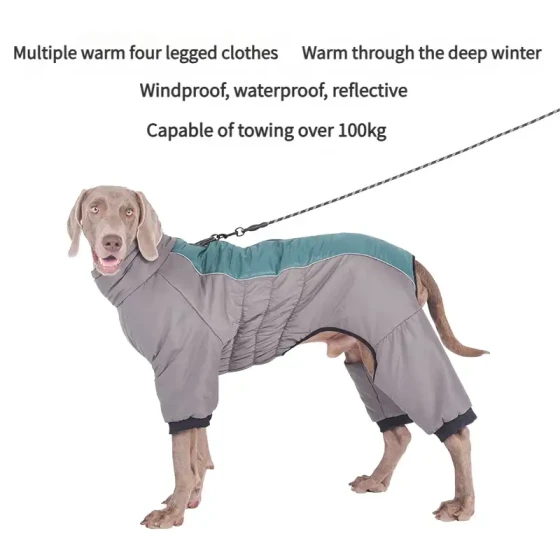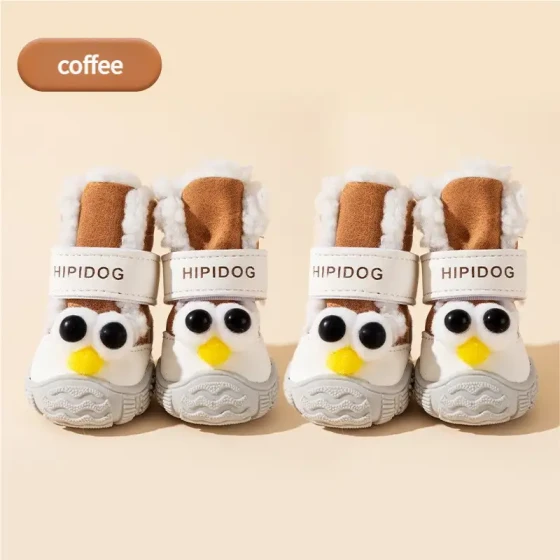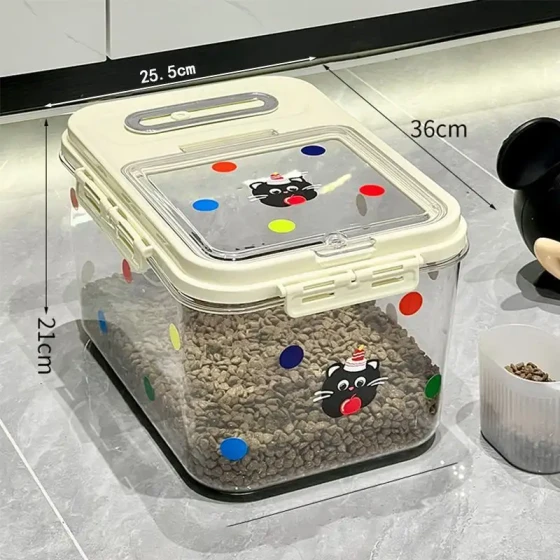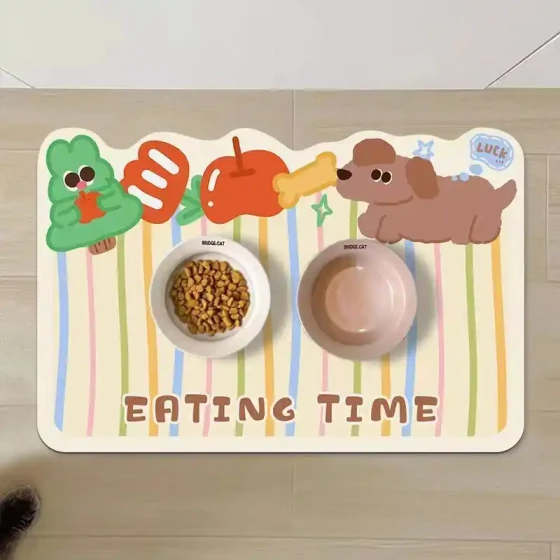How to Determine if a Dog Is Overly Obese and Weight Loss Tips

Pet Dogs
Dogs, like humans, can suffer serious diseases from excessive obesity, such as diabetes, joint problems, infectious diseases, skin diseases, and even certain cancers. The following points can help determine if the dog is too fat, requiring owners to encourage their dogs to lose weight.
1. Use your hands to feel
For dogs of normal weight, when you touch their body from the chest backward along the thighs, you can clearly feel the ribs distributed one by one; but if the dog is overweight, it is difficult to feel the rib gaps, as if your fingers are pressing on a quilt, soft and unable to feel the bones.
2. Use your eyes to look
Looking down from above the dog's back, if the dog is obese, its back looks flat and square like a flat table because of excessive fat deposited on both sides of the ribs, causing a flat upper back. This is a key visual cue to judge if the dog is too fat.
3. Use your feeling
Being “lazy” and “panting” additionally, obesity in dogs is also reflected in their behaviors; they become more lethargic, unwilling to move, or pant heavily after slight activity, seeming uncomfortable… at this time, the dog may truly need to lose weight.
If your dog is continuously gaining weight, try the following weight loss tips.Simply put, the most important key to weight loss is to control intake and expenditure. Achieving a balance or having intake less than expenditure will help achieve weight loss.
1. Weight loss food
Reduce calorie intake Humans reduce weight by decreasing diet or eating only vegetables and fruits. However, this strict dieting method cannot be applied to dogs, because eating is an instinct for dogs. Humans can control their eating habits by willpower, but dogs cannot achieve weight loss by simply reducing food portions; if their normal food amount is reduced, dogs feel hungry and cannot suppress the hunger themselves, leading to stronger desires to eat, searching everywhere for food, not refusing anything, making the condition worse!
Therefore, during weight loss, the most important principle is not to change the quantity of food but to feed weight loss prescription food. The pellet size of weight loss food is similar to regular food, but these foods have increased fiber, making dogs feel full while having fewer calories. Thus, feeding weight loss formula food can maintain the dog's food intake but reduce calorie intake to help lose weight. Also, don’t soften your discipline by giving too many treats or snacks out of pity, which can increase calorie absorption instead.
2. Exercise
Increase calorie expenditure To help dogs lose weight effectively, we should increase their calorie consumption by providing regular exercise daily. For small dogs, under stable physical conditions, one 20-minute slow walk each in the morning and evening is recommended; for large dogs, maintain two fixed 30 to 40-minute walks daily. This can increase calorie expenditure and improve stamina through exercise.
3. From environment to psychology
To prevent your dog from gaining weight, besides proper diet and regular exercise, you must also pay attention to the dog’s environment and psychological factors. Otherwise, even with a strict weight loss plan, the dog might still find opportunities to indulge wildly, without control! If you have 2 or 3 dogs, during feeding, carefully observe and make sure whether the food is eaten by one dog or shared among all. When keeping multiple dogs, usually one stronger dog acts as the "boss." This dog might bully others, steal food, or eat more. If you aren’t watching, it may eat double or even triple portions! So watch out for any "food bully" behavior during feeding.
4. Fixed feeding times
Free your dog from the fear of no food! If feeding times are irregular, dogs tend to eat as much as possible whenever they can, often wanting to eat more to guard against missing the next meal. So, you should feed your dog regularly at fixed times and quantities, helping him not to panic. Once the dog feels psychologically safe, knowing there will be another meal, it won’t rush to eat too much at once. Apart from scheduled feeding giving peace of mind, when a dog’s mental state is unstable or anxious, binge eating may also occur, so pay attention to your dog's external condition and reactions during daily care.





